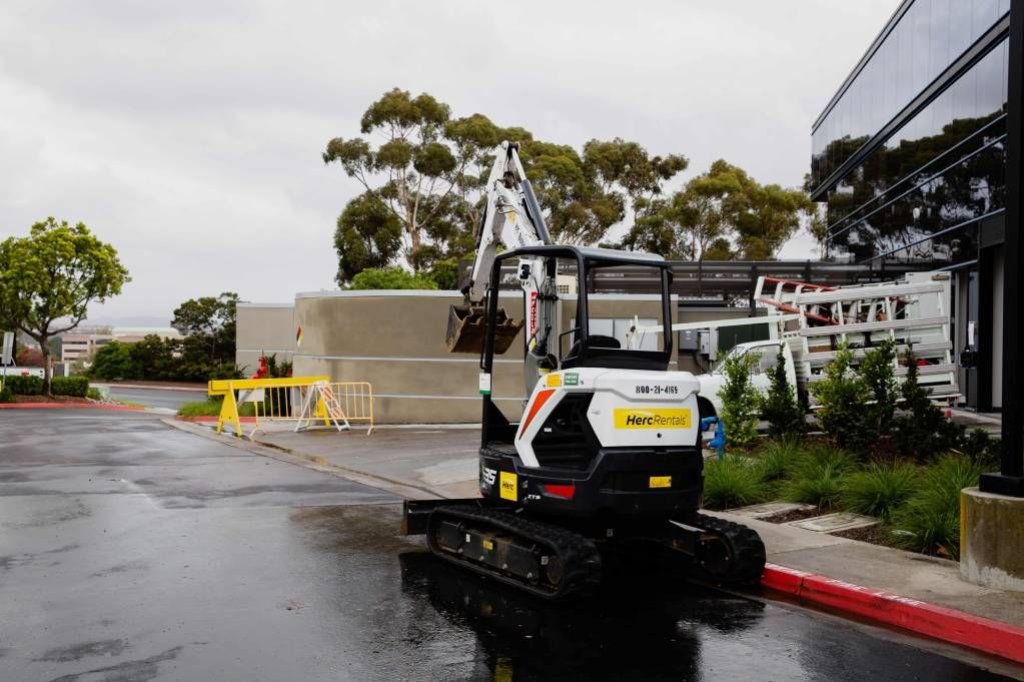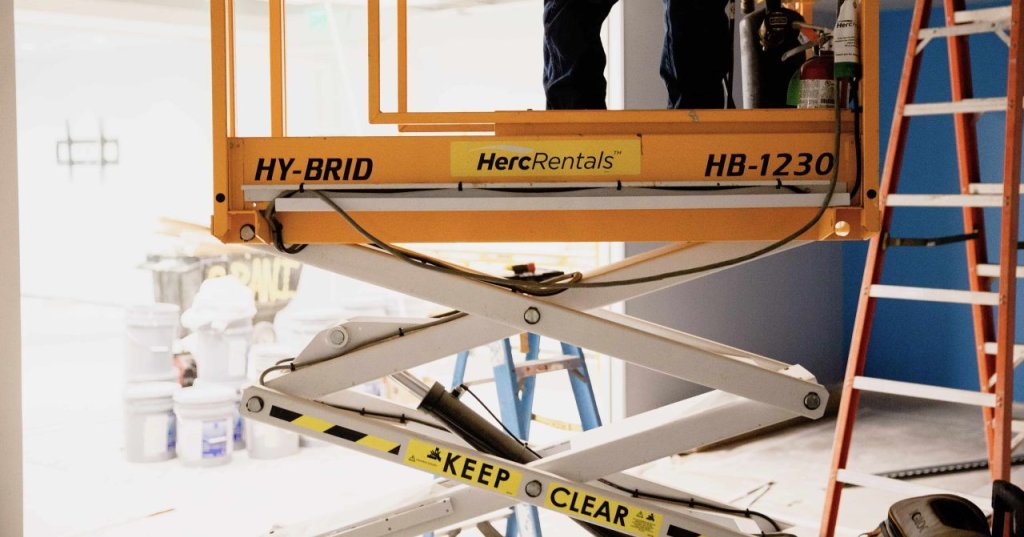If you were to ask somebody to envision the first thing that comes to mind when they think of construction, they’ll likely see a tonka truck-esque lineup involving backhoes, excavators, scissor lifts, and bulldozers. Heavy equipment is present on nearly every jobsite in the world, and whether your company owns or rents it, equipment can cause major cost overruns on any given project. There are many reasons for construction schedule delays and extra charges, but some of the most common mistakes involving equipment are simpler to avoid than you may think.
Three Common Construction Equipment Management Mistakes
1. Idle equipment
Often times, equipment can waste money on construction projects without even being turned on. When heavy equipment sits idle on jobsites, the cost per day of renting that piece of equipment is sunk. If a company owns their equipment and it’s going unused on a project, it could likely be utilized on a different one—which can ultimately delay projects and cause budget errors. Every second that an item of equipment is left sitting onsite is money being thrown in the trash.
Why does equipment go unused for weeks or even months at a time? Usually, it comes down to poor budget management, disorganized (or lack of) reporting, or last-minute change orders. When an item of equipment arrives onsite for a particular task and a change order delays that task, the rental cost has to be taken into account. In addition, if there is no written record of equipment location or usage, there’s no way for you to know whether or not a piece of equipment should be moved to another jobsite.
2. Mistimed maintenance
Just like any piece of machinery, heavy construction equipment requires regular maintenance to run properly. When maintenance is forgotten or mistimed, it can affect the equipment’s performance and shorten its lifespan. Neglect also turns small mechanical issues into bigger ones, often resulting in higher costs for larger fixes or replacements. If a machine is needed on a jobsite but hasn't had proper maintenance in time, the entire project can be held up.
Without proper usage documentation, it’s difficult to keep track of maintenance schedules and equipment care can easily fall by the wayside. The double-whammy of additional costs that come from mistimed maintenance ultimately hits a project’s overall productivity and profitability.

3. Contract disputes
Equipment lease agreements are contracts that outline the details of the rental. This document generally covers the basics: the length of the rental period, the costs, what type and how much equipment will be rented, etc. These contracts are designed to protect both the lessor and the lessee, and for construction firms especially, these contracts can make or break the financial success of a build. When there are clauses about usage or damage included in the agreement it’s clear which party is responsible, but in the case that issues not in the contract arise, you may find yourself in trouble.
This presents another reason why daily equipment reports are so crucial to the success of a project. If a dispute between a rental supplier and construction firm arises down the line—and there’s no proof that the firm followed the contract as written—they have no ground to stand on.
Construction equipment software-the missing puzzle piece
Although these three issues come from different roots, they all circle back to the same missing piece: data. When you don’t utilize an organized, efficient system for recording owned and rented equipment usage and location information, important data may slip through the cracks. Whether you write equipment reports on paper, send them via email, or don’t create reports at all, you are creating room for error that can be avoided by implementing construction equipment management software.
By utilizing software to keep track of equipment usage and location, you’re able to make sure that no equipment goes unused and you’ll know when maintenance is needed. When production information is logged in an easily accessible record, you can quickly assess whether or not a piece of equipment is wasting money. Thoroughly recorded data and photo logs help you maintain a clear record of usage, and can be compared to a rental agreement in case of a dispute with a supplier.
With the right tools, tracking production and equipment is simple and painless, allowing you to focus on keeping your projects running smoothly.
